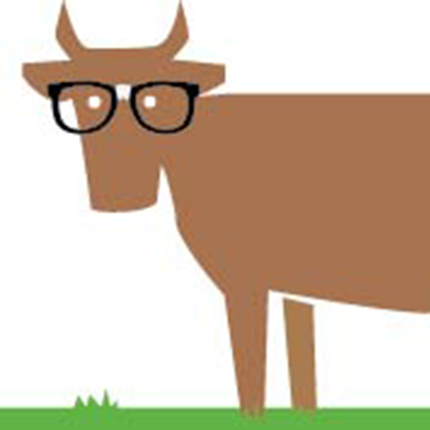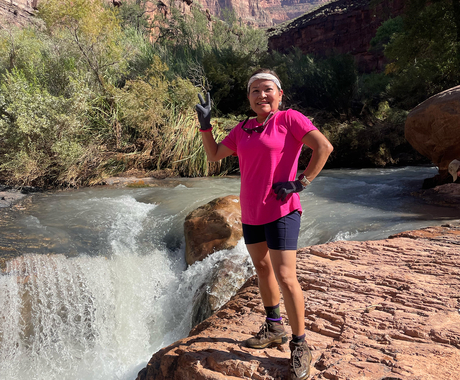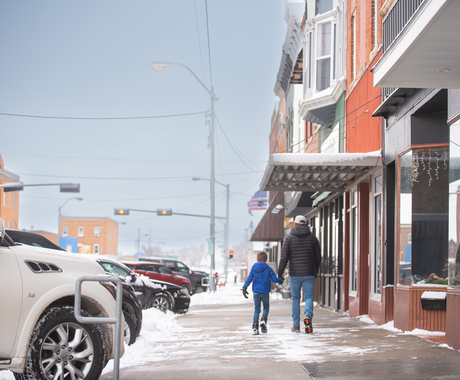By Marie Powell, former staff member
You have arrived at the 6th report in our countdown of Top 10 Rural Research Reports for a #tbt (Throwback Thursday) feature.
Undoubtedly, there is a country song in this week's topics. The young move out. The old stay put. We get poorer. The brightest spot? New immigrants arrive.
But you know what? This was back in 2011. And today, millions of you are still here, still fighting to make your small towns and rural communities places that shine. That's a hardcore rural upbeat tune! Let's take a look at what the 2010 Census revealed about the rural Great Plains.
#6 Census Briefs
Population Changes on the Great Plains; Age Distribution on the Great Plains; Poverty on the Great Plains
by Jon M. Bailey and Kim Preston, 2011 & 2012
These reports looked at 2010 Census data to complete a 40 year data history of socio-economic trends in rural areas of the Great Plains. Little has changed in the economic status in the region’s rural communities.
This suggests that either the current model of rural development policy has not worked, or public policy has neglected these communities. This series argues for a civic culture based on development of all local human resources. While external influences can assist, ultimately the development of a community, its people, their leadership, and their organizations must come from within.
Key Findings
- Population in the region as a whole continued to grow, but population in rural counties continued to decline.
- Latino population in all county types of the region grew from 2000 to 2010, with all county types having over 50 percent growth in the decade.
- But for Latino population growth in rural counties of the region, rural population losses would have been significantly greater.
- For the age 0-19 age cohort, county types in the region were essentially the same, despite significant overall population losses in rural counties for the 2000-2010 decade.
- Rural counties began to lag behind other counties in the 20-44 age cohort, young, working age adults. Rural areas had larger shares of their population in the 25 and older age cohorts.
- Poverty rates in rural counties of the region continued to be higher than in more populous counties.
You can see Population Changes on the Great Plains here.
View Age Distribution on the Great Plains here.
Download Poverty on the Great Plains here.





